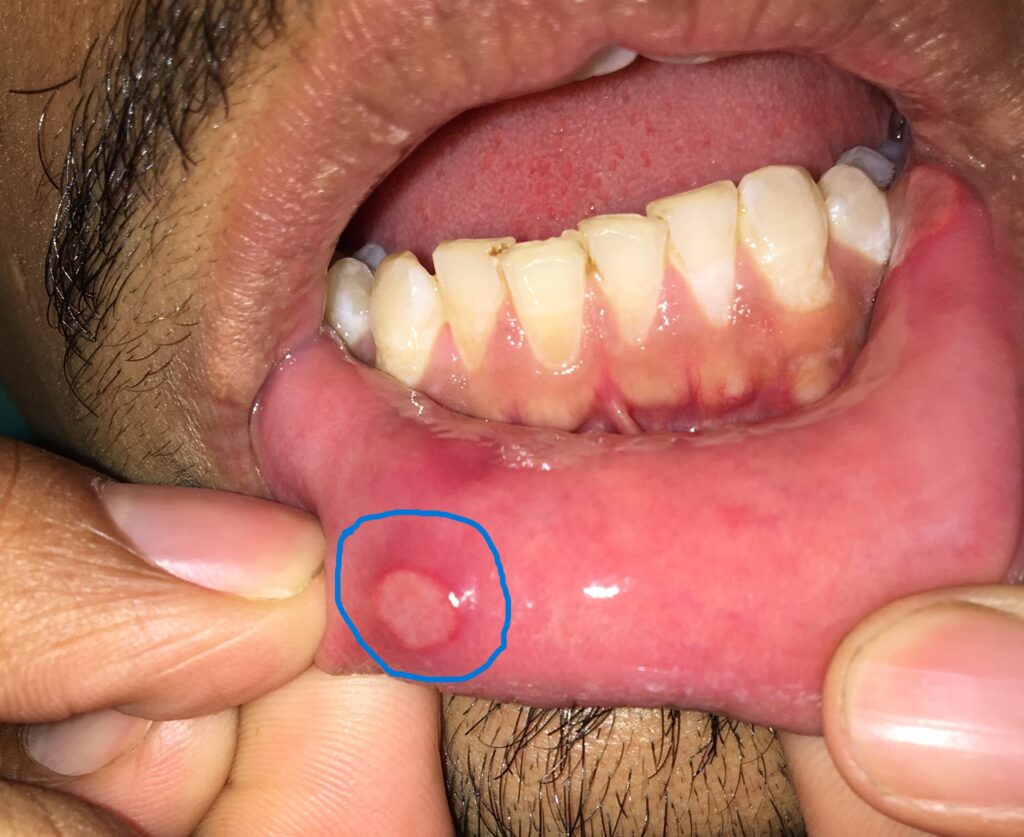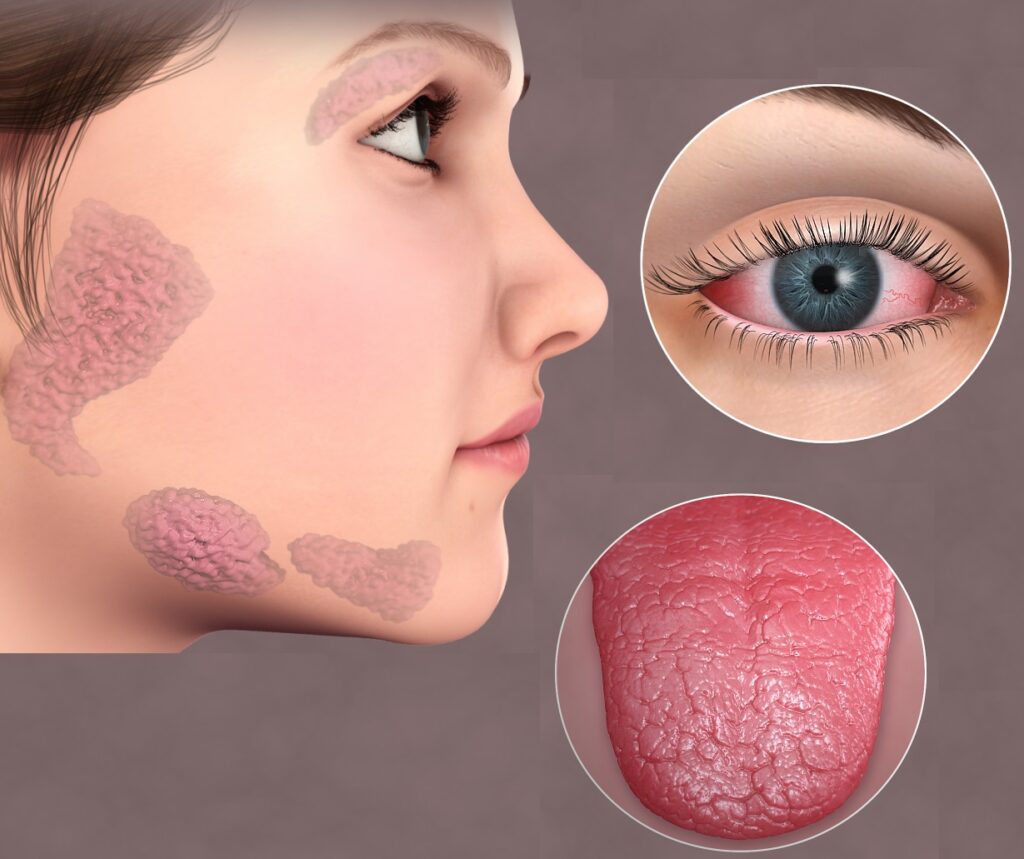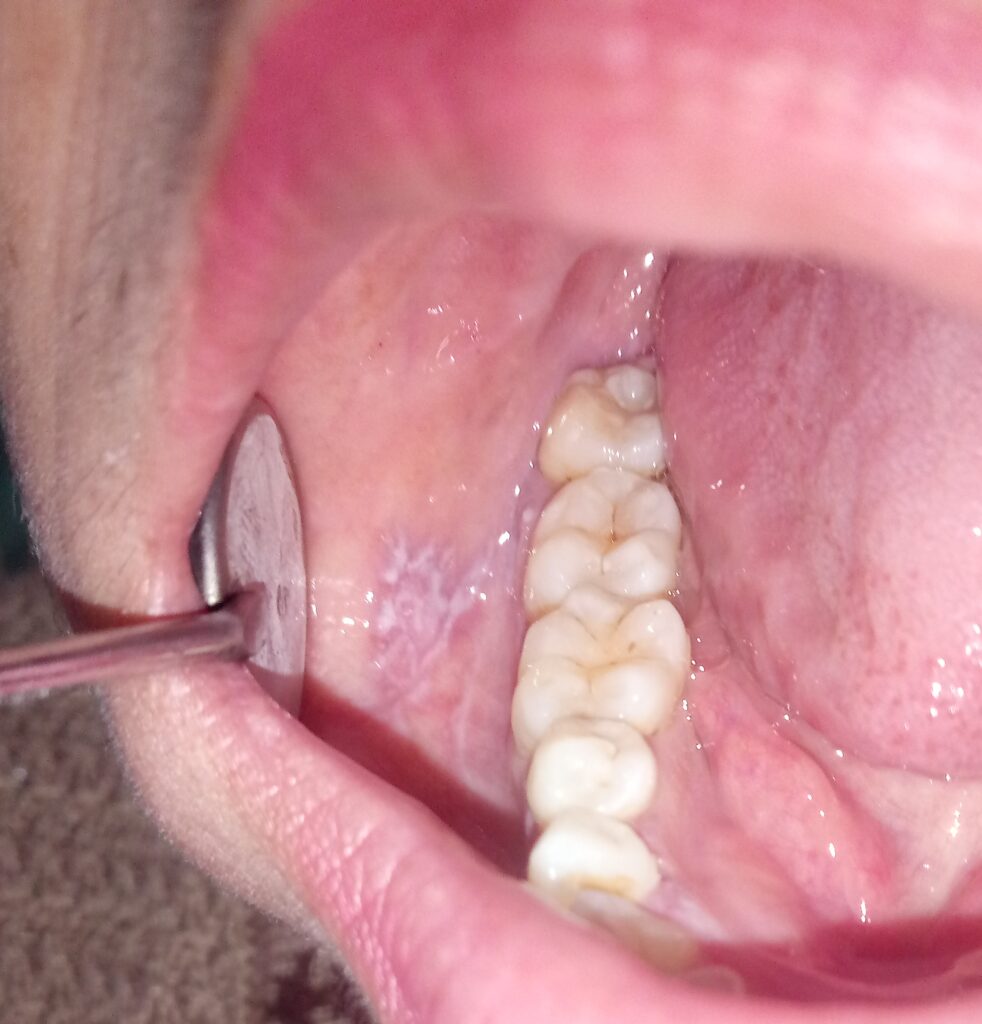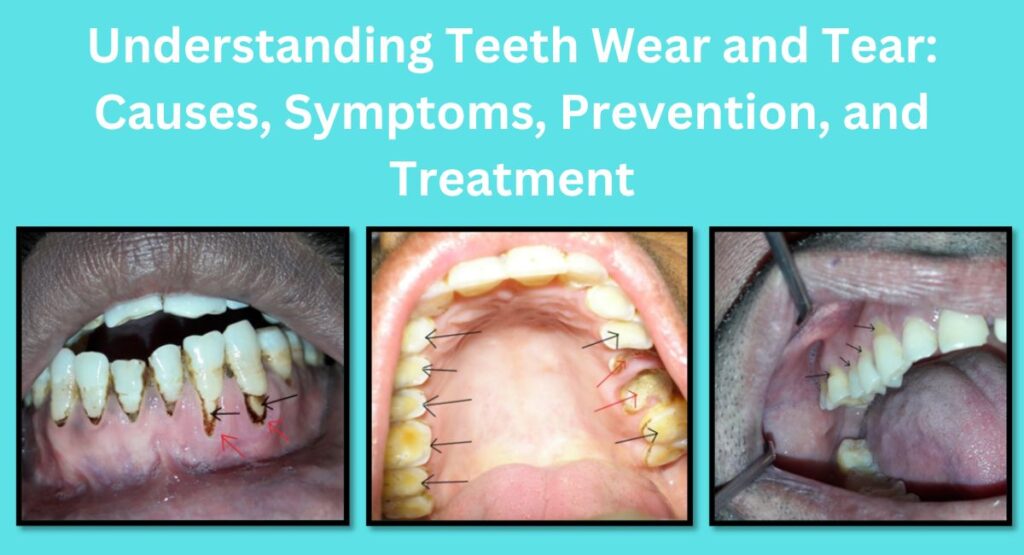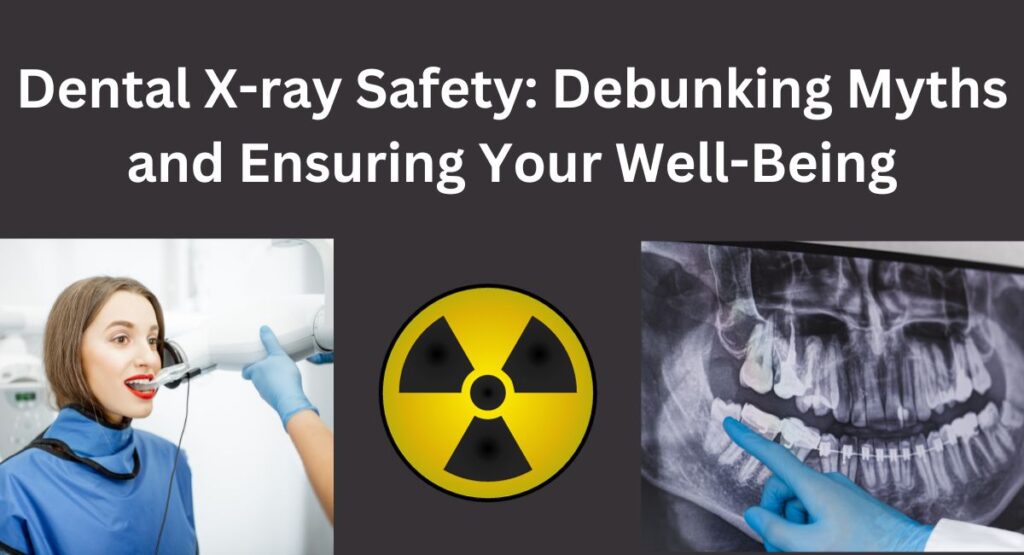
Oil Pulling in Oral Health and Overall Wellness
Oil pulling is an ancient Ayurvedic practice that has gained popularity in recent years for its potential oral health benefits. This natural technique involves swishing oil in the mouth to remove harmful bacteria, improve oral hygiene, and promote oral health and overall wellness. In this article, we will provide a comprehensive overview of oil pulling in oral health, covering its potential benefits, side effects, and important considerations before incorporating it into your routine.
This post may contain affiliate links which means we may receive a small commission (at no additional cost to you) for purchases made through links. We include products we think are useful for our readers. Learn more on our Disclaimer page.
Introduction
Oil pulling, also known as “kavala” or “gundusha,” is an Ayurvedic oral detoxification technique that originated in ancient India. It involves swishing a tablespoon of oil in your mouth on an empty stomach for approximately 15-20 minutes and then spitting it out, similar to mouthwash. Traditional oils used for oil pulling include coconut oil, sesame oil, and sunflower oil.
The Process of Oil Pulling
Oil pulling is a straightforward process that can be easily incorporated into your daily oral care routine. To practice oil pulling, follow these simple steps:
- Take a tablespoon of oil and put it in your mouth.
- Swish the oil around your mouth, pulling it through your teeth and gums.
- Continue swishing for about 15-20 minutes. Be careful not to swallow the oil.
- Spit out the oil into a trash can or tissue.
- Rinse your mouth thoroughly with water.
- Brush your teeth as usual.
Benefits of Oil Pulling
It is claimed that oil pulling removes toxins from the body and improves both oral and general health.
Reduction of Harmful Bacteria
Oil pulling is believed to reduce the number of harmful bacteria in the mouth. These bacteria can contribute to various oral health issues, such as cavities, gum disease, and bad breath. The swishing action helps dislodge bacteria and plaque, promoting a healthier oral environment.
Improved Oral Hygiene
By incorporating oil pulling into your daily routine, you can enhance your overall oral hygiene. The process helps remove toxins, bacteria, and debris from hard-to-reach areas in the mouth, providing a thorough cleanse.
Prevention of Bad Breath
One of the significant benefits of oil pulling is its potential to combat bad breath. The swishing action helps remove the bacteria responsible for causing foul odors, leaving your breath fresher and more pleasant.
Potential Teeth Whitening Effects
While not a substitute for professional teeth whitening treatments, oil pulling may contribute to a brighter smile. Some people report that regular oil pulling helps reduce stains and discoloration, giving their teeth a natural, brighter appearance.
Relief from Dry Mouth
Oil pulling can also be beneficial for individuals suffering from dry mouth. The swishing motion stimulates saliva production, providing temporary relief from the discomfort associated with dry mouth syndrome.
Other benefits
Oil pulling might help in strengthening teeth and jaws and delaying facial wrinkling. Some even claimed that it boosts metabolism, aid in weight loss, cure respiratory problems, and prevent acne and scars.
How to Practice Oil Pulling
Choose the Right Oil
When it comes to oil pulling, choosing the right oil is crucial. Opt for high-quality organic oils such as coconut oil, sesame oil, or sunflower oil. These oils have antimicrobial properties and a pleasant taste, making them ideal for oil pulling.
Coconut oil
Sunflower + sesame + fractionated coconut oil
Multiple essential oil mouthwash
Time and Frequency
To experience the potential benefits of oil pulling, consistency is key. Practice oil pulling for 15-20 minutes daily, preferably in the morning on an empty stomach. However, if you’re short on time, even 5-10 minutes can be beneficial.
Step-by-Step Guide to Oil Pulling
- Start by taking a tablespoon of your chosen oil and placing it in your mouth.
- Swish the oil around gently, ensuring it reaches all areas of your mouth, including your teeth and gums.
- Avoid gargling or swallowing the oil, as it may contain harmful bacteria and toxins.
- After 15-20 minutes of swishing, spit out the oil into a tissue or trash can.
- Rinse your mouth thoroughly with water and brush your teeth as usual.
Precautions and Side Effects
While oil pulling is generally safe, it’s essential to be aware of potential precautions and side effects:
Allergic Reactions
If you have a known allergy to the oil you’re using for oil pulling, it’s best to avoid this practice altogether. Some individuals may experience allergic reactions, such as itching, swelling, or rash. If any adverse reactions occur, discontinue oil pulling and consult a healthcare professional.
Swallowing the Oil
It’s crucial not to swallow the oil during the oil pulling process, as it may contain harmful bacteria and toxins. Be mindful of this and ensure you spit out the oil thoroughly after swishing. The American Dental Association (ADA) has also reported potential risks associated with oil pulling, including the possibility of lipid pneumonia if the oil enters the lungs. Additionally, cases of diarrhoea or upset stomach have been reported.
Not a Replacement for Regular Oral Care
While oil pulling can be a beneficial addition to your oral care routine, it is not a substitute for brushing, flossing, and regular dental check-ups. Maintain a comprehensive oral hygiene regimen for optimal dental health.
Environmental Concern
Proper disposal of used oil from daily oil pulling is crucial to prevent environmental hazards and other issues. Follow local regulations for appropriate oil disposal methods.
Debunking Common Misconceptions
Oil Pulling as a Cure-All
While oil pulling offers potential benefits for oral health, it is not a cure-all solution for all dental problems. It should be regarded as a complementary practice to regular oral care.
Scientific Evidence and Studies
Although anecdotal evidence supports the benefits of oil pulling, more scientific research is needed to establish its effectiveness conclusively. While it is a traditional practice with a long history, further studies are required to validate its claims.
Conclusion
Incorporating oil pulling into your daily oral care routine may provide various benefits for your oral health. By swishing oil in your mouth for a specific duration, you can potentially reduce harmful bacteria, improve oral hygiene, prevent bad breath, and even experience teeth whitening effects. However, it’s important to note that oil pulling should not replace regular brushing, flossing, and dental check-ups. It should be used as a complementary practice alongside a comprehensive oral hygiene regimen.
Oil pulling is a traditional technique with anecdotal evidence supporting its benefits. However, scientific evidence supporting these claims is limited, and further research is needed to establish the effectiveness of oil pulling in these areas. It is advisable to approach these claims with caution and consult with dental and medical professionals for comprehensive advice on oral and general health.
Frequently Asked Questions (FAQs)
1: Is oil pulling safe for children?
Ans: Oil pulling is generally safe for children above the age of five. However, it’s recommended to consult with a pediatric dentist before introducing this practice to young children.
2: Can oil pulling replace brushing and flossing?
Ans: No, oil pulling should not replace brushing and flossing. It should be used as a supplementary practice alongside regular oral care.
3: How long should I practice oil pulling to see results?
Ans: The results of oil pulling may vary from person to person. Consistency is key, and it may take a few weeks or months to notice significant improvements in oral health.
4: Which oils are best for oil pulling?
Ans: Coconut oil, sesame oil, and sunflower oil are popular choices for oil pulling due to their antimicrobial properties and pleasant taste. Choose high-quality organic oils for the best results.
5: Are there any alternative methods for oral detoxification?
Ans: While oil pulling is a well-known technique, there are alternative methods for oral detoxification. Some individuals prefer using mouthwashes or natural rinses containing antibacterial ingredients like tea tree oil or hydrogen peroxide. Consult with your dentist to explore alternative options.


